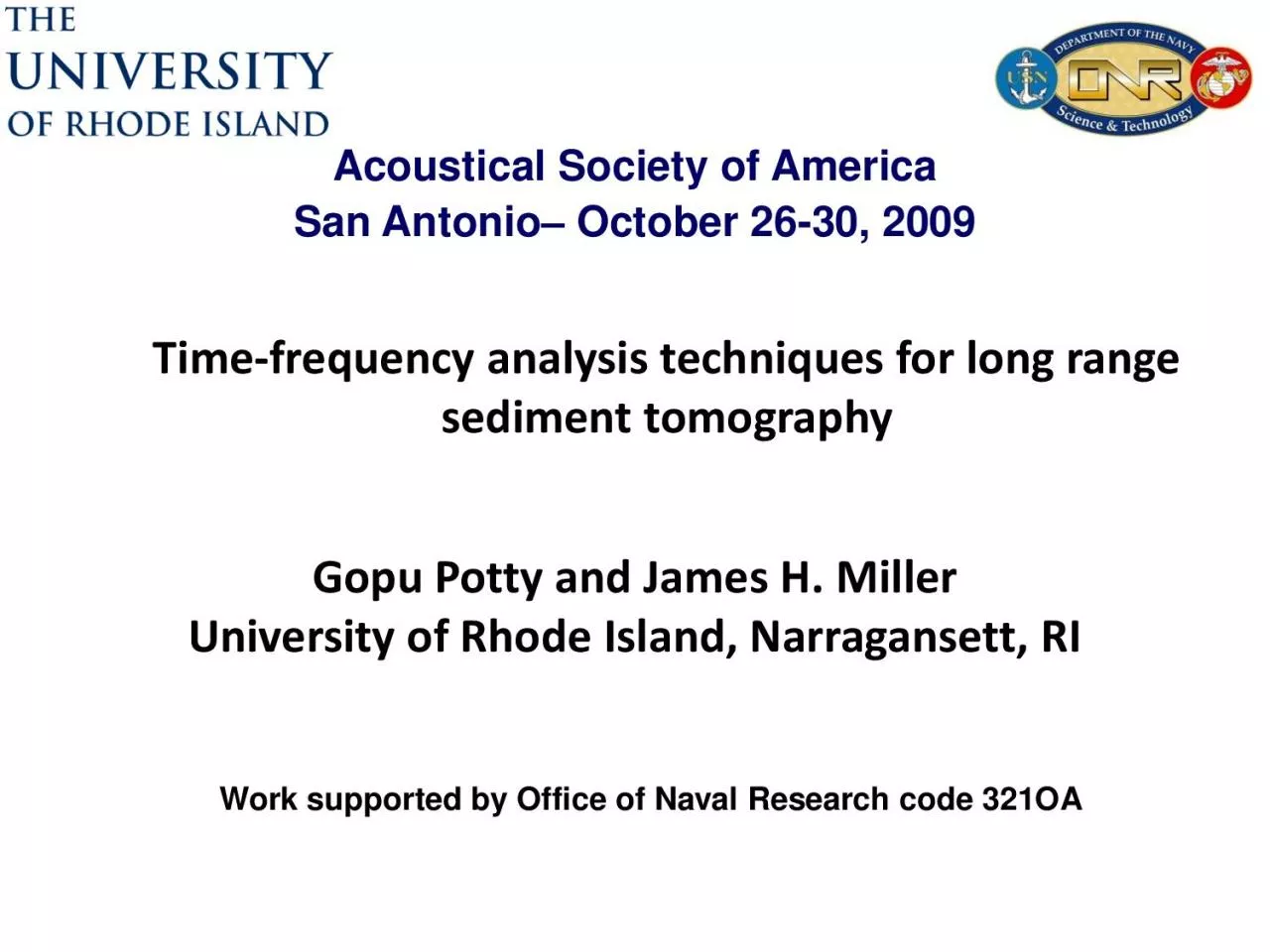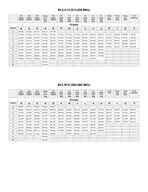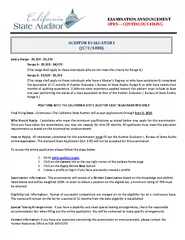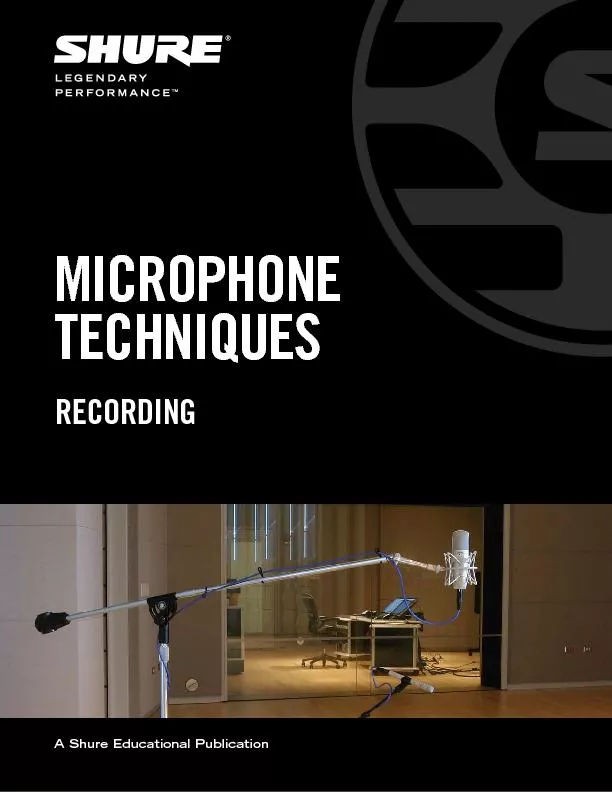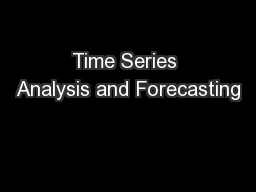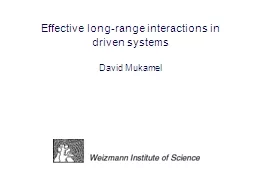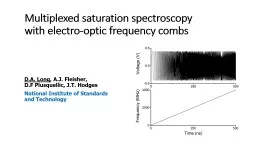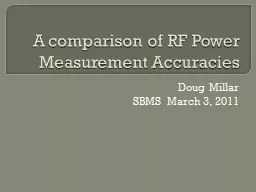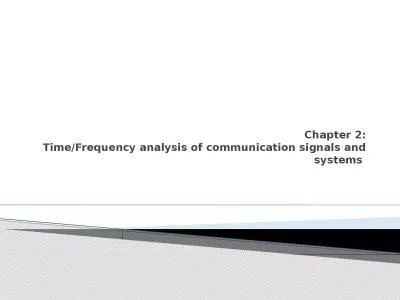PDF-frequency analysis techniques for long range
Author : piper | Published Date : 2021-08-07
TimesedimenttomographyGopuPotty and James H MillerUniversity of Rhode Island Narragansett RIAcoustical Society of AmericaSan AntonioOctober 2630 2009Work supported
Presentation Embed Code
Download Presentation
Download Presentation The PPT/PDF document "frequency analysis techniques for long r..." is the property of its rightful owner. Permission is granted to download and print the materials on this website for personal, non-commercial use only, and to display it on your personal computer provided you do not modify the materials and that you retain all copyright notices contained in the materials. By downloading content from our website, you accept the terms of this agreement.
frequency analysis techniques for long range: Transcript
Download Rules Of Document
"frequency analysis techniques for long range"The content belongs to its owner. You may download and print it for personal use, without modification, and keep all copyright notices. By downloading, you agree to these terms.
Related Documents

